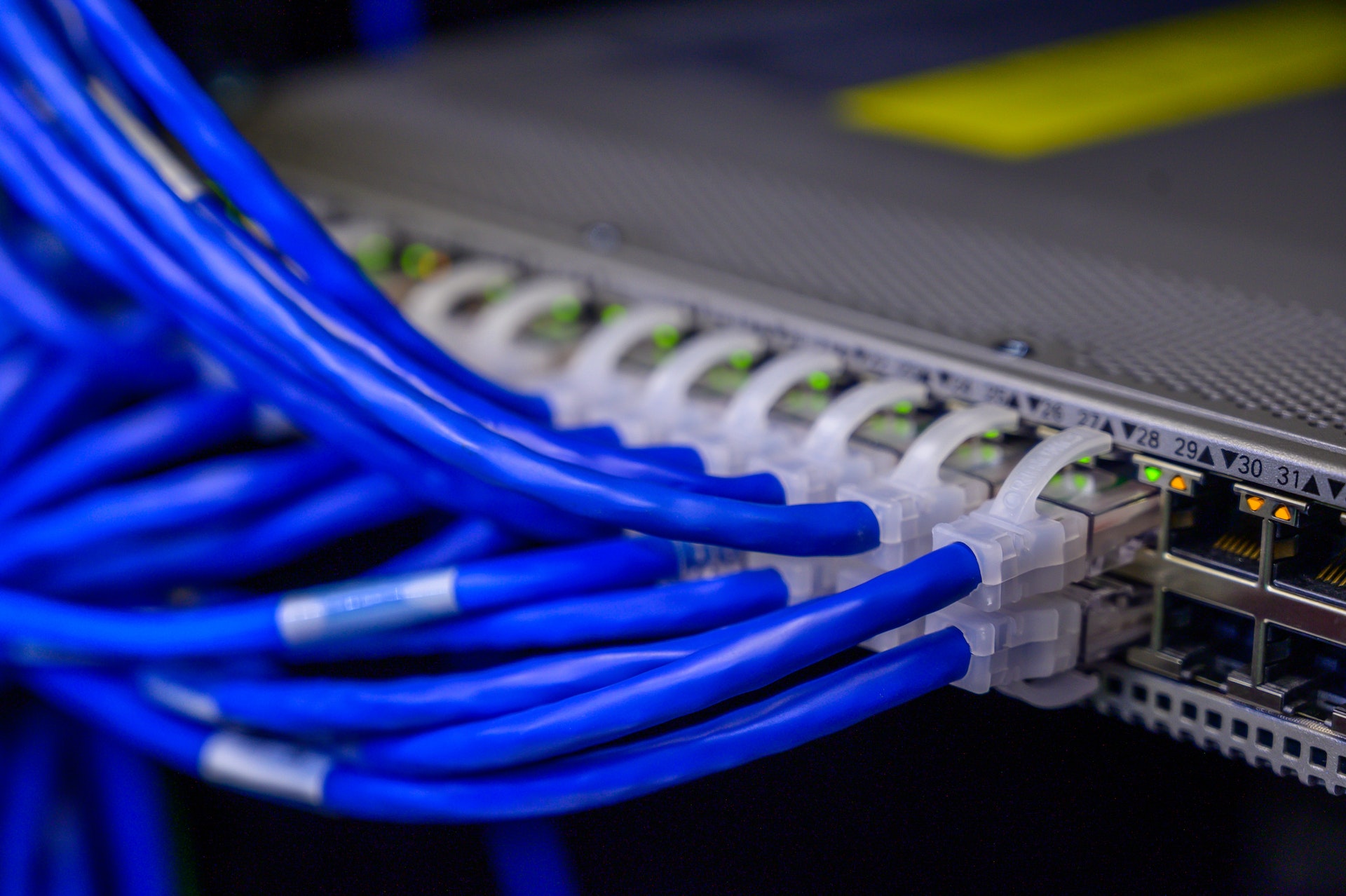Ways to Secure a LAN Ethernet Environment
Whether your company uses a traditional LAN infrastructure or the latest in cloud computing, there are ways to secure your enterprise equipment and LAN ethernet environment. Physical security is an important component of network security. Ensure that any network components are locked, out of sight, and not accessible by employees or the public.
Linear Bus Topology
In an Ethernet network, the logical bus topology is used. This topology means all components share the same medium and communicate with each other using MAC addresses. This topology can result in data collisions when multiple components try to transfer data at the same time. Each component monitors its media for digital signals, which indicates that it can perform its functions. If the device detects any of these signals, it automatically stops its functions. Full-duplex networks are common for many LANs. Instead of using a specific protocol for data transmission, these networks are managed by intermediate components. The purpose of these intermediate components is to control the flow of data. This approach is less secure, but it can be more flexible.
Software-Defined Networking (SDN)
SDN, or software-defined networking, configures a network that lets administrators instantly provision resources and bandwidth without manually programming devices. By allowing centralized control over the network, administrators can easily scale network capacity and avoid the cost of purchasing additional equipment. However, SDN cannot provide full network management. Instead, it requires close management to maintain performance and avoid wasting network resources. Software-defined networking (SDN) technology can be used to secure a LAN Ethernet environment. It is an architecture for a network that separates the data plane and the control plane. It is designed to maximize network efficiency and scalability, which are crucial to meeting the needs of modern businesses.
Firewalls
Firewalls are the first line of defense against network threats. They are configured to allow only authorized administrators to change configuration settings, and all changes must be logged to prevent unauthorized break-ins. Firewalls should also be updated regularly to protect them from new security threats.
Firewalls are designed to analyze traffic and block malicious content. They work by comparing each packet to a list of access rules. When a packet matches the criteria, it can be allowed or denied. In some cases, they apply network address translation (NAT), which replaces the source IP address with the address of the firewall. This enables the firewall to identify malicious content quickly.
Auditing
A network audit involves determining the network’s current performance and is critical to network security. Auditing is performed using various methods, including manual intervention, automated tools, and Cisco Discovery Protocol (CDP). Network auditing can help you identify the causes of network performance issues and boost network performance.
An audit is a detailed analysis of the hardware and software on a network. It can help resolve both virtual and physical problems. The process is usually performed manually, but there are tools available to automate the process and save time. Typically, a network audit takes four to eight hours to complete.
Physical Security
The physical security of a network environment is critical in protecting important data and confidential information. This includes data on networks, software, equipment, and facilities. It also protects company assets and personnel. In today’s world, physical security is increasingly important. Two common threats are natural disasters and malicious party attacks, which can steal valuable data and systems.
Physical security can help prevent unauthorized access and can range from hardware and software-based security devices to human monitoring. Some devices have surveillance capabilities, including video cameras, heat sensors, and notification systems. Monitoring can help identify security gaps and provide additional security to a network.



